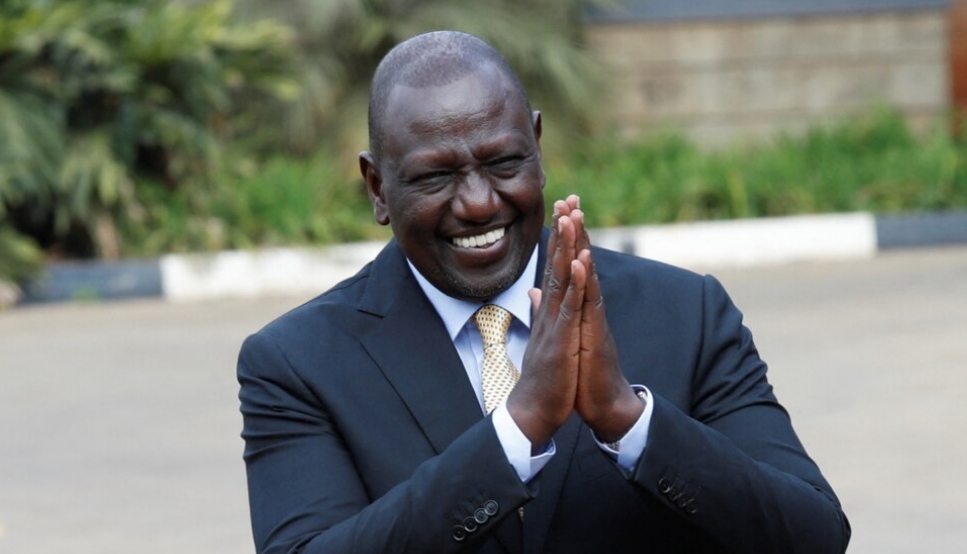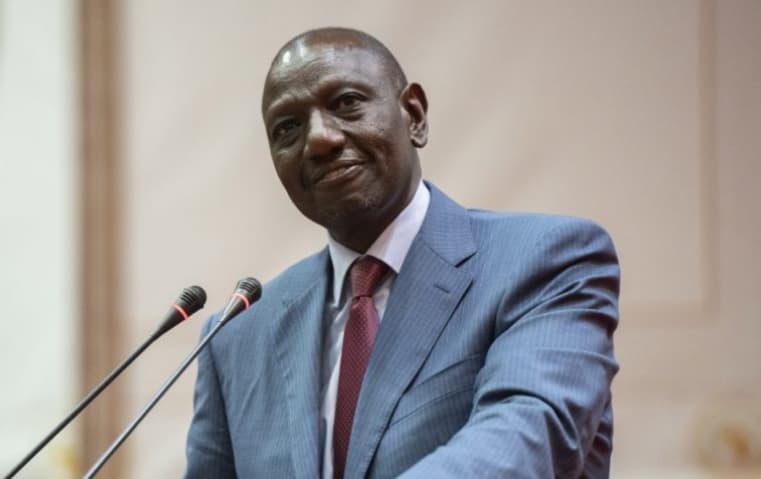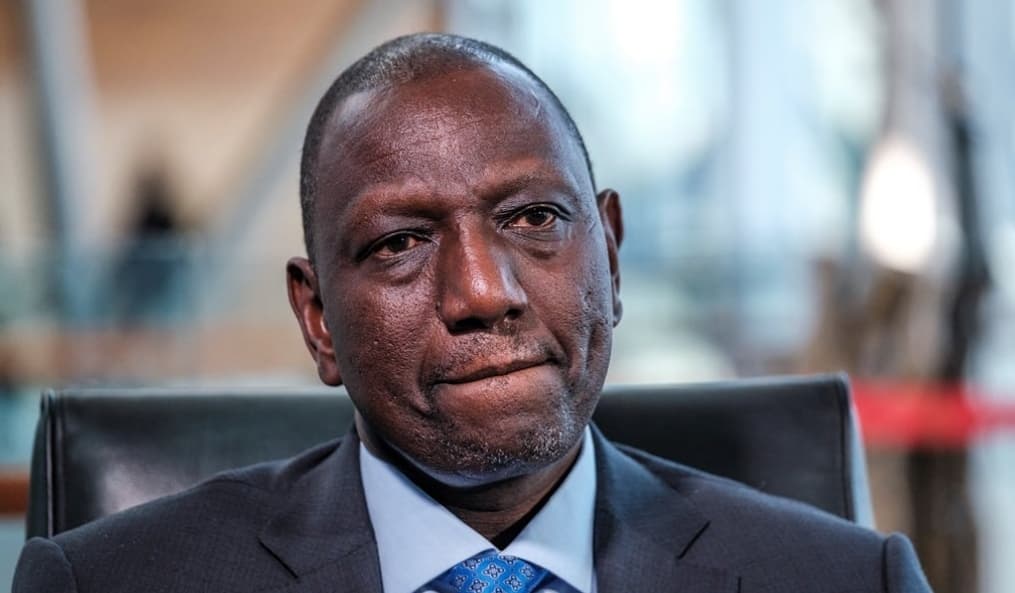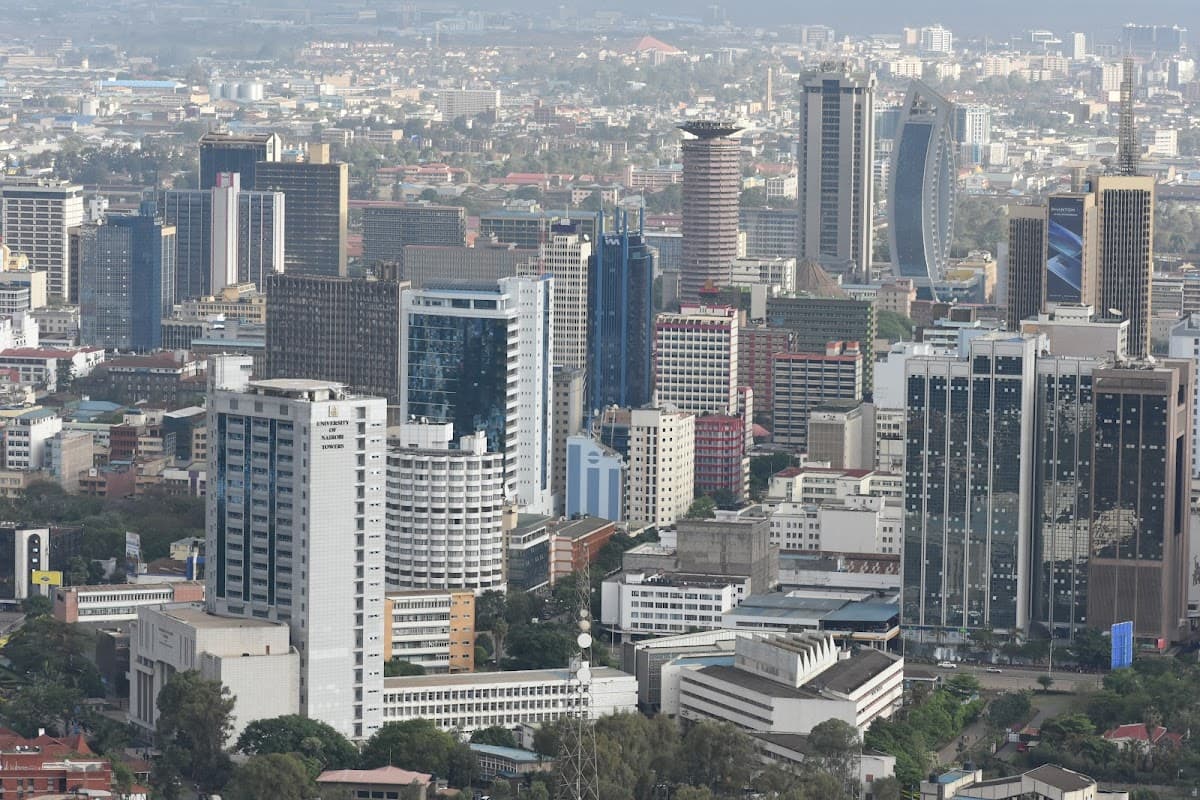Nairobi, April 24 : Kenya has achieved significant political and economic reforms over the past decade, leading to strong economic growth, social development, and political stability. The robust growth was previously driven by increased public sector borrowing, which resulted in debt vulnerabilities and crowded out private investment.
The government has committed to fiscal consolidation to restore fiscal space and reduce debt, but revenue underperformance remains a challenge to achieving fiscal targets.
The country’s economy continues to show considerable resilience in the face of more recent shocks, including a severe liquidity crunch and inflationary pressures, subdued business sentiment following the mid-2024 protests, and reduced public spending amid ongoing fiscal consolidation efforts.
Against this backdrop, GDP growth decelerated to an estimated 4.5% in 2024, following a cyclical rebound of 5.6% growth in 2023.
However, Kenya continues to outpace her peers in the East African Region.
Kenya is poised to overtake Ethiopia as the region’s largest economy in 2025, following Addis Ababa’s decision to devalue the Birr under IMF loan conditions.
According to the IMF’s April 2025 World Economic Outlook, Kenya’s nominal GDP is projected to rise to $131.7 billion (Sh17.04 trillion), surpassing Ethiopia’s $117.5 billion (Sh15.2 trillion).
This marks the end of Ethiopia’s three-year lead, largely attributed to its previously overvalued currency which masked the true size of its economy.
The Birr has fallen by over a third since July 2024 after Ethiopia shifted to a market-based exchange rate to unlock a $3.4 billion IMF bailout.
The move eased foreign exchange constraints, benefitting firms like Kenya Airways that struggled to repatriate earnings. Kenya’s strengthened shilling, which gained 21% last year, along with strong diaspora remittances and export receipts, further boosted its economic outlook.
While Kenya’s GDP per capita is projected to rise to $2,467 (Sh319,328), Ethiopia’s is expected to drop to $1,066 (Sh130,060). The IMF, however, forecasts slower growth for Kenya at 4.81% in 2025, but expects inflation to ease to 4.1%.
According to the world Bank, Kenya’s growth is projected to recover to 4.9% on average during 2025–2027, driven mainly by easing inflation, accommodative monetary policy, and a pickup in credit growth that should support household and business incomes, driving private consumption and investment.
Unless growth translates more efficiently to higher incomes for the poor, poverty is unlikely to decline rapidly. At the international poverty rate ($2.15 in 2017 PPP) poverty in Kenya is projected to decline by half a percentage point to 34% in 2025.
Structural reforms that raise the productivity of the private sector, expand access to skills, increase access to capital, and strengthen households’ resilience to climate shocks are needed to ensure inclusive growth and strengthen the link between growth and poverty reduction.
Meanwhile, the country still faces key development challenges, such as poverty, inequality, youth unemployment, and a lack of quality jobs, transparency, and accountability. Private sector investment is weak, and the economy is vulnerable to internal and external shocks.
Although the economic outlook is broadly positive, it is subject to elevated uncertainty. The failure to achieve fiscal consolidation targets could exacerbate Kenya’s debt vulnerability to high-debt service repayments especially.
Fiscal slippages could further undermine debt sustainability and private sector-led growth. Climate hazards could resume inflationary pressures and food insecurity, affecting growth. Lower than anticipated growth in developed countries could undercut ongoing recovery in Kenyan tourism, exports, and remittances.







